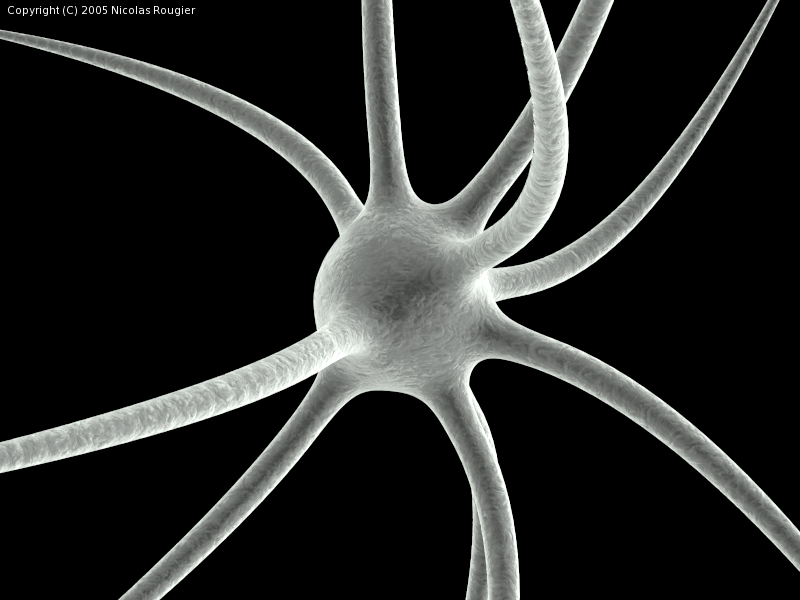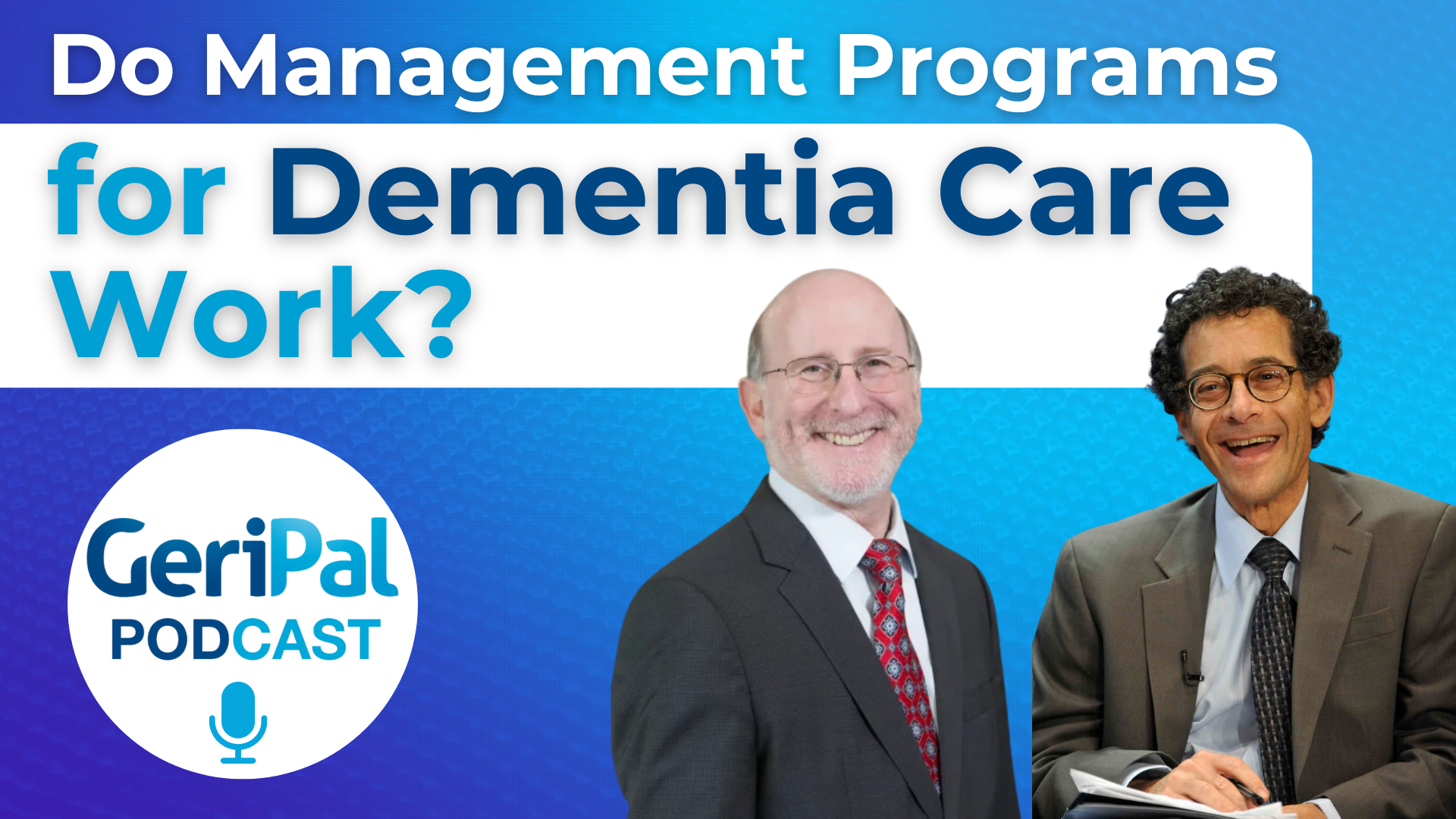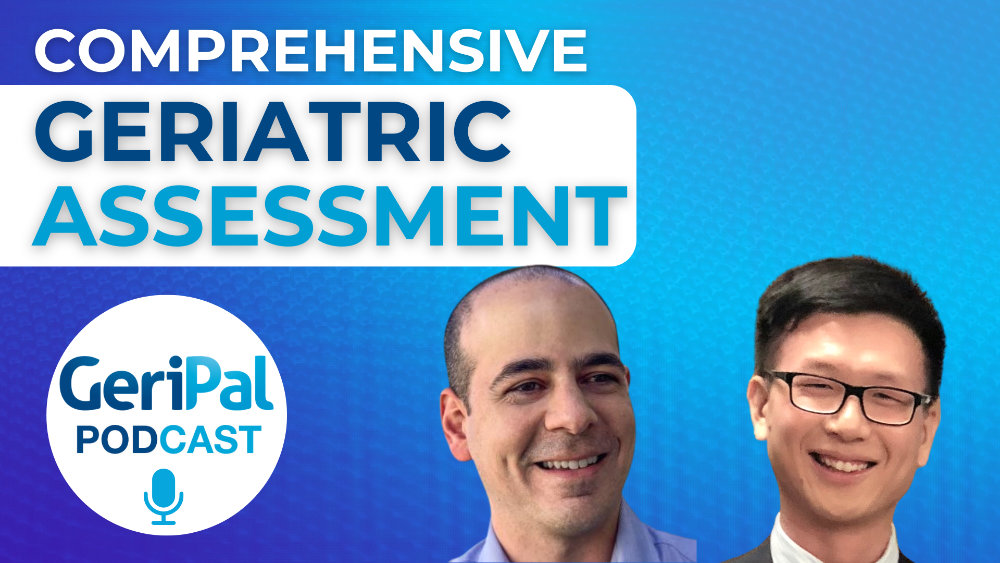

When I chose to pursue a residency in Neurology, the first response from my medical school acquaintances was “But, you seem so normal.”
I laughed politely while simultaneously angling myself so they could no longer see my self-drawn neuron tattoo. Inevitably my medical school classmate’s follow-up statement was “I could never be a neurologist. It’s too depressing.”
But when I revealed my choice of specialty to laypersons, the first response was awe. Then I broke the bad news that I was not going to be a Neurosurgeon. Then they would ask “well what do you do if you don’t operate?” What followed was often a longwinded explanation on my part but could have been summed up with the statement “I think about and treat patients with neurologic problems.”
After completing my training in Neurology, I chose to go into the subspecialty of Hospice and Palliative Medicine at which time I again heard “that must be so depressing,” and responded to “what exactly is that?”
To me, being a palliative neurologist means that I think about and attend to the suffering of patients with neurologic illnesses. Most of our patients are dying of their neurological illnesses. These are not curative conditions. And Neurologists provide the bulk of the care for some patients – stroke, Parkinson’s disease, epilepsy, multiple sclerosis, and brain tumors.
I have worked with many neurologists who are skillful communicators, well versed in conversations around breaking bad news, delivering prognosis, and attending to patients’ and families’ suffering. I have been inspired by the care they provide. However, many neurologists are not as equally skilled in these areas as they are in other aspects of neurologic care. I certainly was not. I needed to complete a fellowship to even start gaining proficiency.
In February, the journal Neurology published an article by Dr. Alexis Dallara and Dr. Dorothy Weiss Tolchin titled “Emerging Subspecialties in Neurology: Palliative care.” They eloquently describe the great need for the integration of palliative care into the field of neurology while acknowledging the gaps in neurology training and representation in the field. As they discuss, the ACGME requires neurology residency programs to provide training in end-of-life/palliative care topics but they note:
“Fewer than 5% [of Neurology residency programs] provide internal clinical rotations, and fewer than 3% provide external clinical rotations.”
I was fortunate to be a part of a residency program at UCSF that recognized this need. They have supported me in my interests in palliative care and continue to do so.
Still, at this time:
“Fewer than1% of neurologists are board certified in hospice and palliative medicine, and fewer than 2% of palliative care clinicians are neurologists.”
Meanwhile, the number of patients with dementia continues to rise as the population ages, young men and women are disabled with multiple sclerosis, fathers and mothers are suffering from Parkinson’s Disease, friends are devastated to learn they have glioblastoma and we need to provide better care, care that is patient centered and compassionate.
As I finish my fellowship in palliative care, I am eager to return to Neurology with a new perspective.
While I am practicing neuropalliative care I will keep the following cheat sheet of pointers in my neuro bag, next to my reflex hammer. These pointers may apply to any field, but I view them through the lens of Neuropalliative care.
- Acknowledge that many of the illnesses we treat are life-limiting and have major impact on patient and caregiver’s quality of life. You are practicing palliative care!!!
- Sit down.
- Be quiet.
- No one wakes up thinking they will have a stroke. Pause and remember the gravity of this day.
- Ask for their understanding of their illness. It will save you time and build rapport. Focus on the relationship. The first goal of any new patient/family encounter is to build relationships.
- Listen. I have heard many neurologists say that if you do not have the diagnosis after obtaining the history, retake the patient’s history. But caring for the patient is far more than providing a diagnosis. Apply this same skill to their social history and experience of their illness.
- When making recommendations as a consultant, the first recommendations pertain to the standard of care. The next recommendations must always apply that standard of care to the unique patient’s own standard, context, and goals.
- Prognosis. We struggle with providing helpful and accurate estimates of prognosis for many reasons, but everyone knows you cannot predict the future. They are asking for your valuable opinion based on the evidence and your experience. In your opinion, what is the functional outcome in the best case scenario and worst case scenario. Be consistent with other providers and the family.
- You are not alone. Rely on your team of social workers, chaplains, and nurses.
- Ask a Geriatrician! They may have far more experience doing palliative care for patients with advanced neurological conditions, particularly dementia.
by: Laura Koehn, @lauraekoehn



